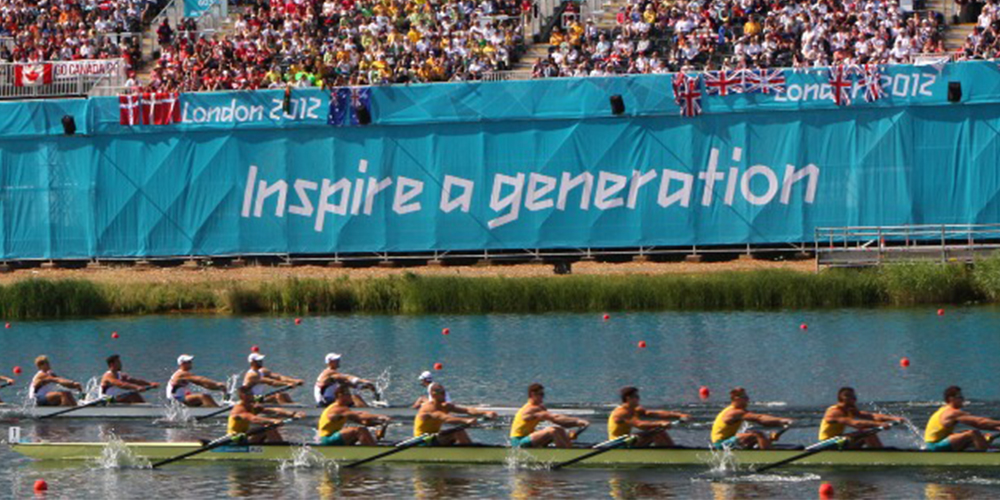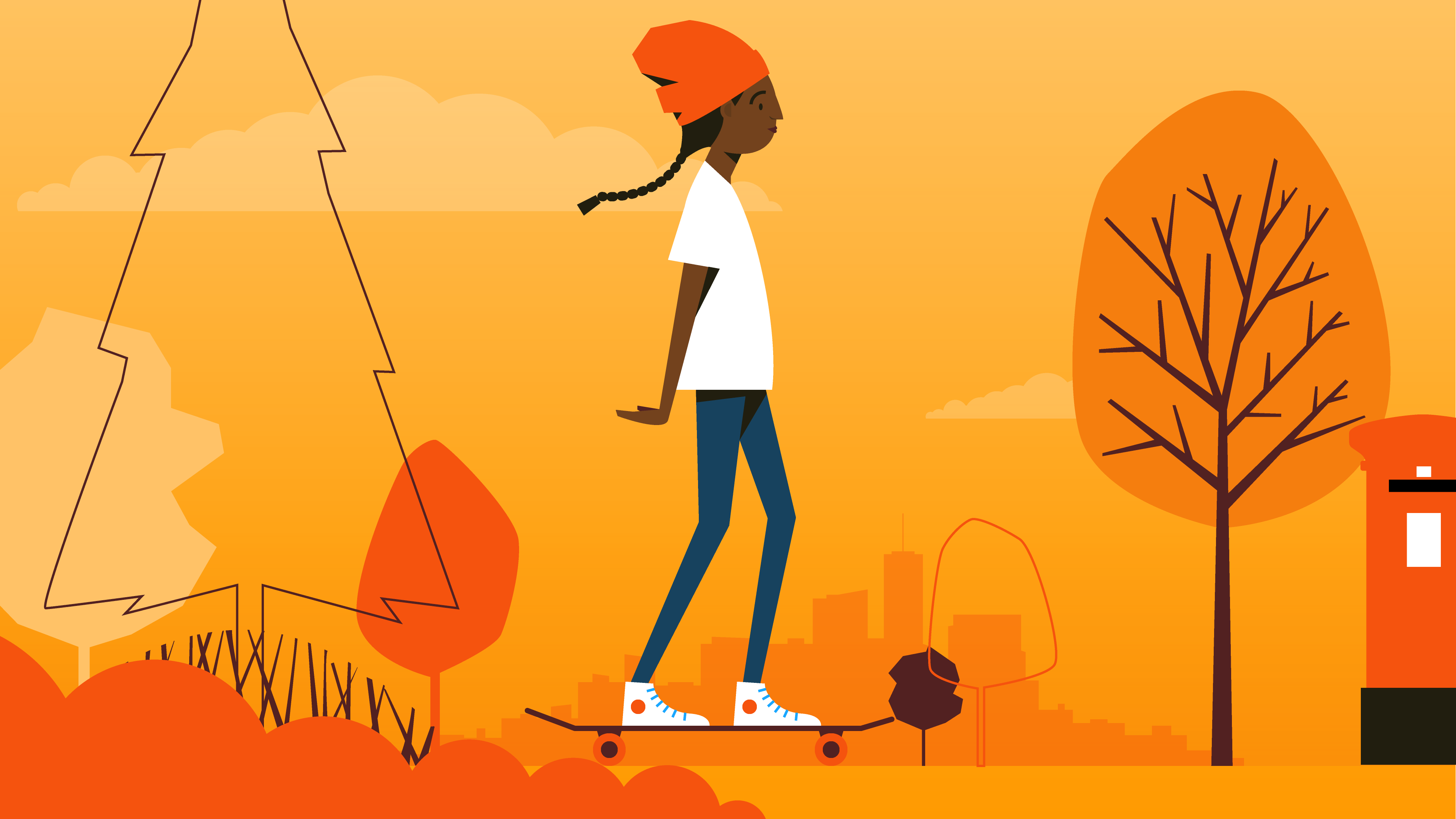
This article, published on the 10th anniversary of London 2012, asks questions about the way we treat mega sport events and elite athletes. At the end is a link to...
Scenario: It’s the first day of the new academic year and you are Head of PE at St Andrew’s High. Two parcels arrive on your desk both containing sports shirts. One is from Harry. Harry left your school last year. You knew him very well. He has sent you the shirt he wore for his Liverpool debut with a note saying ‘THANKS FOR EVERYTHING from ST ANDREW’S FINEST’
The other is from Tamsin. Tamsin was always reluctant to take part in PE. You never knew her very well. She sent a 5k finisher’s t-shirt. Her note said ‘I never thought I’d ever run 5k. What’s more, I’m sure you never thought I would either. Anyway, when I received the finish line T Shirt, I thought of your corridors lined with framed shirts and photos of the great and the good. I never related to them. So maybe you’d consider sticking this up there for all the other kids like me’.
Question: Do you display both shirts, neither or one?
How we define success sits at the heart of this question and this, in turn, opens a window on our values.
Here are some of the things I’ve learnt over the course of my career that now guide my thinking and help me unpick the above scenario.
6 years ago, I was contracted to author a curriculum for a large organisation that delivered PE in a few hundred schools. I literally had to write the rationale documents, every unit of work, including lesson plans for each year group from pre-school to Year 13. I’ve mixed feelings about off-the-shelf lesson plans. Any ready-made product that claims to be ‘the solution’ probably isn’t, but that’s another conversation. The process afforded me a wonderful opportunity to take stock of my 25 years in the field and to think deeply about how we present students with the greatest gift available to us – increasing the probability that they will find a meaningful place for physical activity in their lives. It’s our gift. It’s not superior to other gifts like a love of literature that may be beautifully wrapped and presented by an English department or a deep appreciation of how the past has shaped the present, but it is the best gift we have in our PEASY locker. It’s our why and there has been volumes written on it. I don’t intend to add to it at length here. I’ll just add that I now strongly advocate that that’s where the why stops. Give them everything they need to fall in love with physical activity (PA). There’s no because. We don’t need a because. They find their because and what’s worse, if we try to add the reasons, we’ll probably alienate as many as we catch. So, my first of 5 challenging takeaways is…
1. Let’s stop aligning to health. Health is not a sufficient hook
I’m going to assume you have developed a long-term PA habit. Think back to when you were 10. Did you get into Sport and PA because an adult told you it was good for you? Very few PE people have ever answered that with a YES. What’s more, sport has a complex relationship with health. If youth sport is not managed well it can be very unhealthy (high contact/collision, high training loads, ego-inflation, chasing low probability aspirations etc.) I’m really not sure that information about long term health benefits motivates young people to buy into certain behaviours. In fact, I’m really not sure that information per se is where it’s at. Our behaviour tends to be shaped via great experiences that feel fantastic (affective domain) and being with people who make us feel accepted, valued and enjoyed (social domain). Let’s keep health as an added bonus; a desirable and possible outcome rather than a driver of our work.
2. Technical knowledge alone is not sufficient
Top chefs know a great deal about high quality ingredients but throwing the best onions, garlic, ginger and vegetables into a pot is insufficient to make a wonderful curry. Care needs to go into how to cut the vegetables, the balance of spices, and the attention given to the pot on the stove. To extend the analogy: if you want to create committed chefs, it might be best to start at the end - sit them down and let them enjoy the meal first. Sampling the onion on its own would put many people off for a long time! So, I’m challenging the reasons why we place so much emphasis, so early, on replicating certain movements and techniques. I’ve never seen learners’ eyes light up when a teacher sets up a decontextualized, drill-like practice. I’m not saying to permanently avoid this sort of thing, simply challenging this as the default position. Skilled teachers have deep technical knowledge but it’s how they use it that counts. They draw upon a range of other knowledges to produce brilliant learning experiences. They know a lot about their learners…all their learners. They know Tamsin as well as Harry. They know them because they listen and care. And they’re fanatical about creating an environment that is inclusive and safe for all. In fact, as Daniel Coyle reminds us in Talent Code, to create high quality environments ‘everything is everything’.
3. Assessment defines the subject
This relates to the opening scenario. What do you and your colleagues mean when you say a student is ‘good at PE’ or ‘high ability’? More importantly, who would your students describe as good at PE and for what reason? What successes do you celebrate in your school communication to students, parents and the wider community?
Part of my motivation in creating miMove was to align practice with the universal aim of PESS that centres on long term participation. The assessment tool in miMove is an attempt to embed this in practice. If we apply this to Tamsin: she has demonstrated self-organisation and self-awareness. To complete the 5k from her starting position she would have had to apply training principles and overcome barriers that would require the sort of resilience and strength that Harry would never have to think about, like leaving the house for the first time in workout gear and being wary of unwanted attention. How much more can we feasibly expect from a (young) person? Is Tamsin not physically educated? Why on earth would we not want to celebrate her success, and if she was still at St Andrew’s, award her a high grade in PE assessment.
4. Be explicit
PE makes so many claims about its ‘holistic’ nature; ‘developing the whole child’, building character, leadership, social skills etc etc. This is all well and good and it is beyond the scope of this article to discuss whether these claims are valid. However, the least we can do is to back up our own claims with a robust answer to how? Can you point to specific lessons or series of lessons where the primary learning objective relates to these claims i.e. developing empathetic communication or feeling good about my physical self? And if you can pinpoint the teaching, can you support the claim by evidencing the learning?
5. Never lose sight of the bigger picture
It’s so easy in the hurly burly of school life to temporarily lose sight of your core values. There’s grade pressure from school management, fixtures to manage, clubs, lessons, this list goes on and on and on, and before you know it you’ve lost control of the agenda. Teams must be able to articulate their visions and everything, absolutely everything they do needs to support this. So, I’ll finish by repeating; the goal is to support each and every young person find a place for physical activity in their lives. If we’re serious about this, it needs to be driven by intelligence and evidence. miMove is designed to allow PE teams to have live data about students’ physical activity, allowing policy and practice to be shaped and reviewed in an unprecedented, informed manner. For me, the big picture goal is for students to be physically active. And, if they’re not, surely 1, we need to know and 2, we need to do something about it. If they are, well then you should be able to shout about it very loudly because that means you’ve given them the greatest gift.

This article, published on the 10th anniversary of London 2012, asks questions about the way we treat mega sport events and elite athletes. At the end is a link to...

This blog is prompted by World Health Day 2022 which comes a day after Annual World Day of Physical Activity. Awareness days allow us an opportunity to reflect on key...